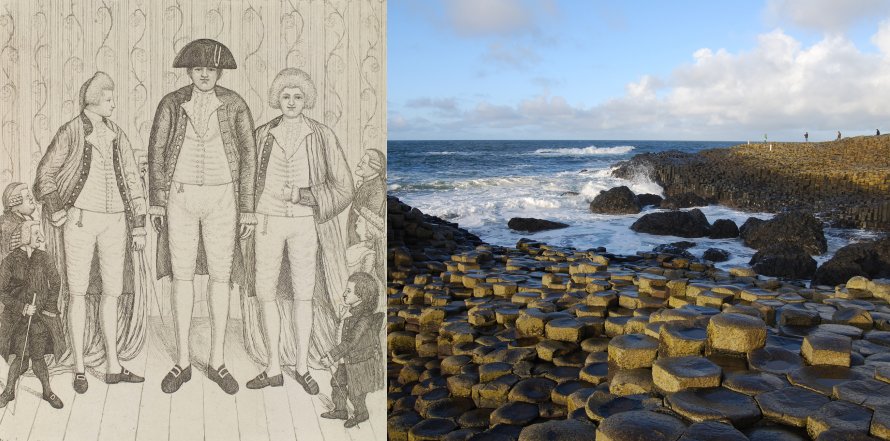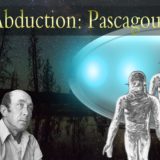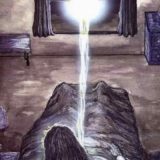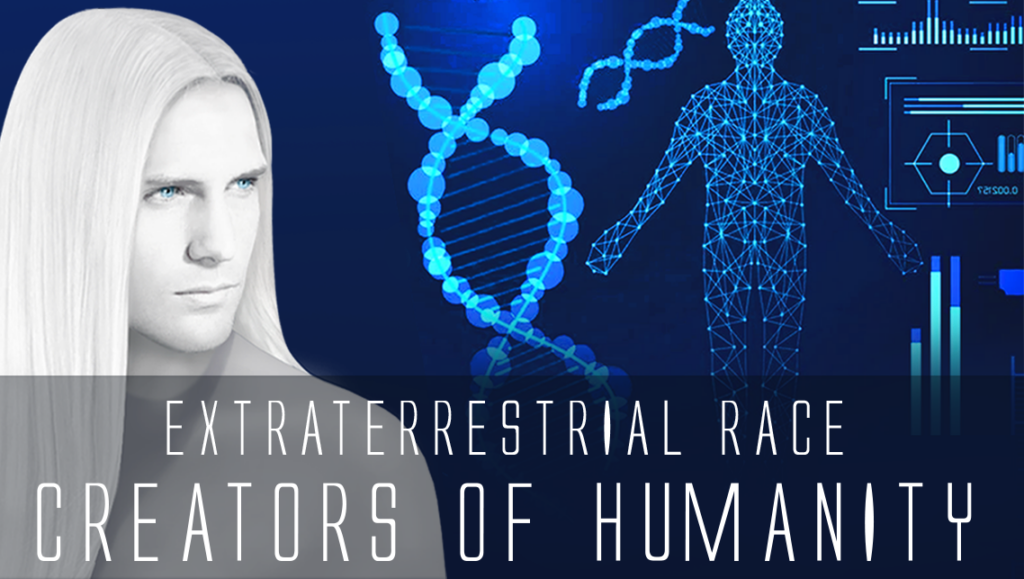Land Of Giants Located In Ireland: Unusual Cluster Of Gigantism Traced To Ancient Gene
– Due to a rare genetic mutation, a population based in a region of Northern Ireland may have the highest proportion of giants on Earth.
The land of giants. It sounds like something from a fairy tale, but it arguably exists in a region of Northern Ireland where a cluster of people with a genetic predisposition grow abnormally tall.
In Mid-Ulster, about 1 in 150 people carry a genetic mutation to the AIP gene that leads to an overproduction of growth hormone resulting in acromegaly, also known as gigantism. The hormone disorder is spurred by a tumor on the pituitary gland, a pea-sized organ at the base of the brain.

In their latest research, Korbonits and her team calculated that the AIP gene defect traces back 2,500 years. The team found the variant in Charles Byrne, a man born in 1761 who grew to be 7 feet, 6 inches tall and was known as the “Irish giant,” as well as in 18 other Irish families.
Symptoms vary depending on whether the disease first appears in childhood or as an adult. “The disease usually develops in children between 10 and 20, although we have a few cases younger than 10, and some between 20 and 30,” Korbonits explained.
In children, there’s rapid growth, which can be accompanied by joint pain, disabling headaches, vision problems, type II diabetes, facial distortion and enlarged hands and feet. In adults, if symptoms develop late, adults don’t get taller, because their bones are already fused and may in fact shrink due to developing a curvature in the spine. Other symptoms include muscle weakness, hypertension and difficulty sleeping.
Treatments are available and include surgery, medication or radiation therapy, but how effective those options are depends largely on the progression of the disease. Usually by the time clinicians get involved, patients have already developed large tumors, and complete control of the tumor and hormone regulation is hard to achieve. Even the best surgical centers in the world are just 50 percent effective at achieving that control, Heaney notes.
Monitoring the lineage of the gene variant lets researchers keep an eye out for children who inherit the defect. Early clinical intervention can help to prevent the worst of the symptoms.
Researchers say it’s unlikely there are other hotspots with the same gene defect causing acromegaly.
To Heaney, who hails from Northern Ireland, it makes a lot of sense that a cluster of individuals prone to gigantism have been found in Mid-Ulster, not only because of the fame of giants like Bryne, but also the folklore of the region, specifically the myth of giant Fionn mac Cumhaill. The legend goes that mac Cumhaill created the Isle of Man by hurtling a piece of land torn from a lake known today as Loch Neagh and created the Giant’s Causeway, an interlocking series of basalt rocks that lead out to the ocean, to the Scottish giant Benandonner.
With researchers looking into the real, genetic heritage that inspired mythological figures and clinicians treating acromegaly, perhaps one day gigantism will only be found in fiction.
MessageToEagle.com via Discovery News
This article was originally published on Discovery News – a site dedicated to satisfying your curiosity and to bringing you mind-bending stories and perspectives you won’t find anywhere else.



 Creators of mankind
Creators of mankind Description of “Tall white aliens”
Description of “Tall white aliens” Where they came from?
Where they came from? About hostile civilizations
About hostile civilizations The war for the Earth
The war for the Earth “Tall white aliens” about eternal life
“Tall white aliens” about eternal life Video: “Nordic aliens”
Video: “Nordic aliens” Aliens
Aliens Alien encounters
Alien encounters The aliens base
The aliens base UFO
UFO Technology UFO
Technology UFO Underground civilization
Underground civilization Ancient alien artifacts
Ancient alien artifacts Military and UFO
Military and UFO Mysteries and hypotheses
Mysteries and hypotheses Scientific facts
Scientific facts


















